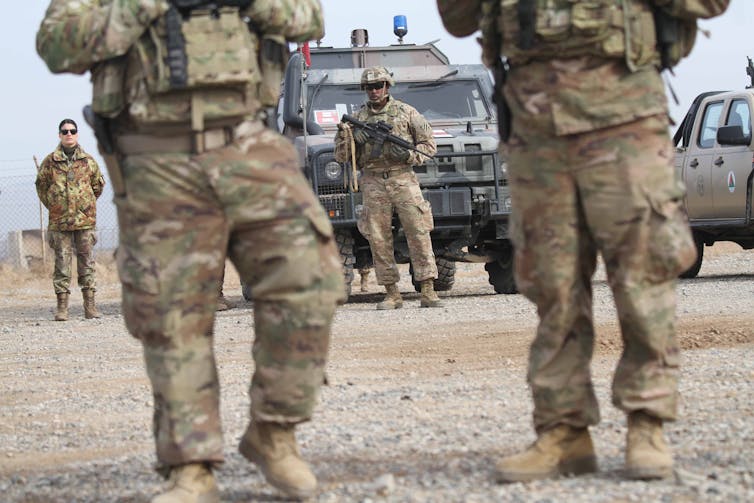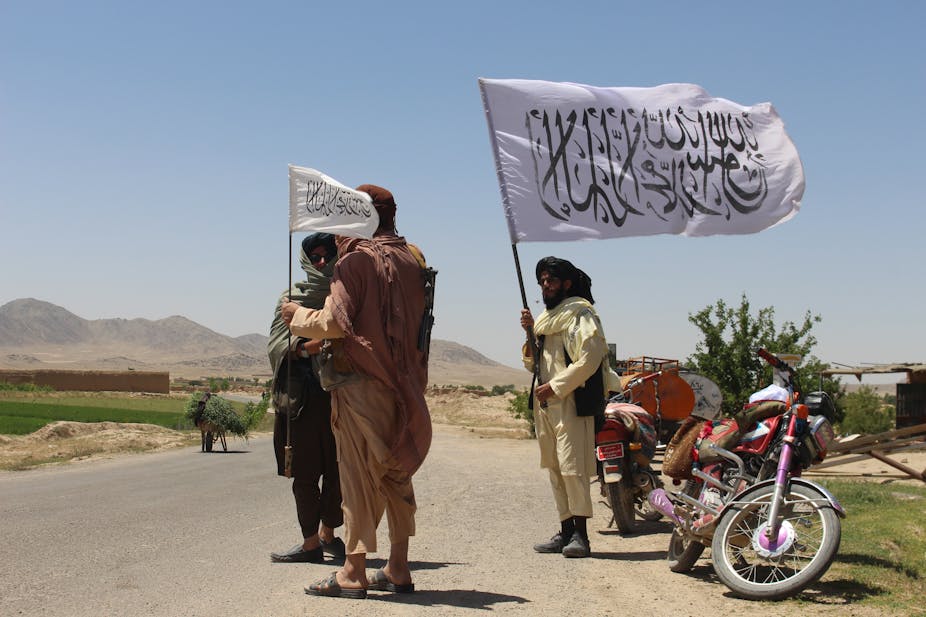Signals emerging from ongoing peace talks between the US and the Afghan Taliban indicate a peace agreement could be imminent. Although the eighth round of peace talks, taking place in Doha, ended on August 13 without an agreement, both sides appear to be working through the final technical details of an agreement.
In the meantime, the Afghan Taliban continues to fight its 18-year-long war against the US and NATO forces supporting the current Afghan government of President Ashraf Ghani.
US President Donald Trump has vowed to reach an agreement on a road map to a comprehensive settlement of the Afghan conflict, as has his envoy, Zalmay Khalilzad. Suhail Shaheen, spokesman for the Taliban’s political office in Qatar, via his Twitter account, has also indicated that an agreement is near.
The Trump administration is desperate to begin withdrawing its forces from Afghanistan, but the details of a withdrawal timeline are yet to be finalised.
In July, the seventh round of peace talks facilitated by Qatar and Germany in Doha concluded with a joint statement, a declaration of intent highlighting a road map for the peace deal. In the document, the US accepted the Taliban’s demand for the implementation of Islamic sharia law in Afghanistan.
In return, the Taliban agreed not to let anyone use Afghan soil to carry on terrorist attacks against other countries, and to respect the civil and political rights of Afghan citizens. However, the Taliban has refused to negotiate with the current Afghan government until the US withdraws it forces from Afghanistan, insisting it is illegitimate and a puppet of the US and NATO forces.
The fate of refugees
In the joint statement, the US and Germany also obliged the Taliban to accept back all Afghan refugees who have claimed asylum in other countries.
After Pakistan and Iran, EU countries are the major destination for Afghan refugees. The EU has long been trying to return Afghan refugees, despite continued war throughout the country. In 2016, nearly 10,000 people were returned from EU countries to Afghanistan.
In October 2016, the EU signed an agreement with the Afghanistan government to return all asylum seekers whose asylum applications have been rejected and are not willing to go back. The agreement was signed despite the fact that the US and Afghan forces lacked control over 45% of Afghan territory, and despite international law prohibiting the return of refugees to places where their lives or freedoms could be at risk, or where they could be subject to inhuman or degrading treatment.
If a ceasefire agreement is announced in the coming months, more negotiations will be needed to finalise what kind of role the Taliban will play in the future governance of Afghanistan, if any.
Under the joint statement, the Taliban pledged to respect the civil, political, economic, educational and cultural rights of all Afghan citizens including women, in accordance with the framework of Islamic sharia law. The details on how it will do this remain unclear.
Read more: Explainer: what is sharia law and how does it operate?
Going by the Taliban’s past record in power, any return of refugees to areas of Afghanistan under Taliban control could undermine the fundamental rights and freedoms of the refugees. In particular, it would have a significant chance of causing inhuman and degrading treatment of women, religious and ethnic minorities, and former employees of the Afghan armed forces.
The Taliban has a history of conducting informal trials, extrajudicial killings, segregation of women, and suppression of religious and ethnic minorities. The 1951 Refugee Convention regarding the status of refugees prohibits the return, or refoulement, of refugees to territories where their life or freedom would be threatened on account of their race, religion, nationality, politics, or membership of a particular social group.

Protecting human rights
Before making any plan to return refugees to areas of Taliban control, or to an Afghanistan where the Taliban are in government, the EU must ensure a minimum standard is established for the protection of human rights in the country. This could be partially achieved by codifying sharia law and human rights into the Afghanistan legal system, and by creating an independent judicial system outside the influence of the Taliban.
Such measures could stop laws from being used as tools to take personal revenge or to cause injustice, and could also discourage informal public trials and executions at the hands of the Taliban. But due to political differences in Afghan society and the likely opposition of introducing sharia law into the legal system, achieving these measures remains very unlikely in the near future.
If the EU plans to return more Afghan refugees following a peace agreement between the US and the Taliban, it must ensure the agreement assures the protection of all Afghans. Without a roadmap that does this, it would be against international law to send asylum seekers and refugees back to Afghanistan.

